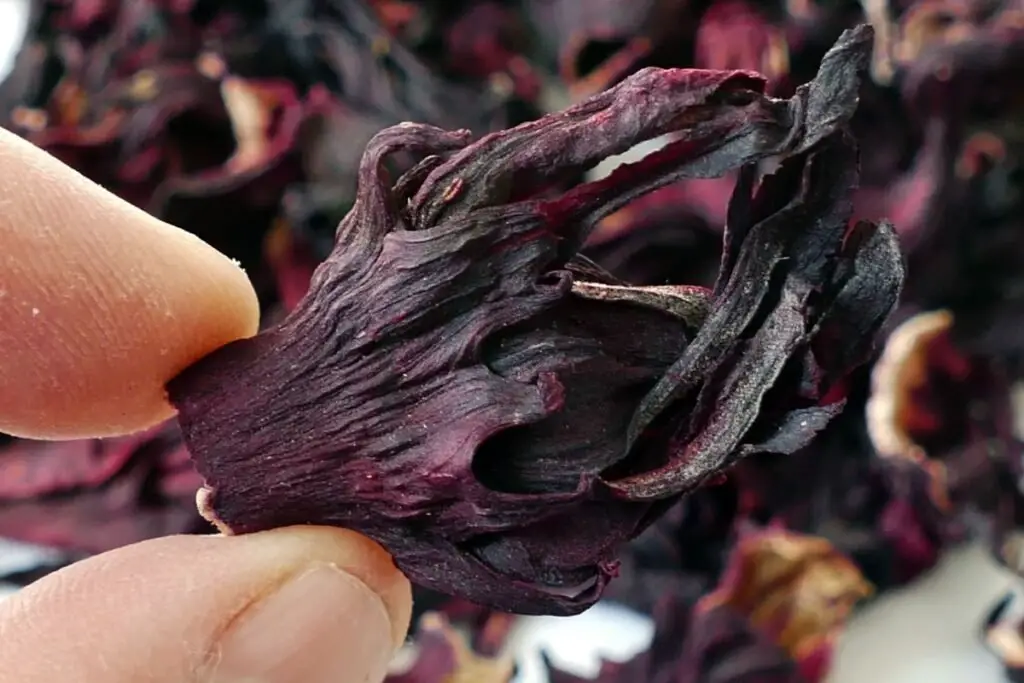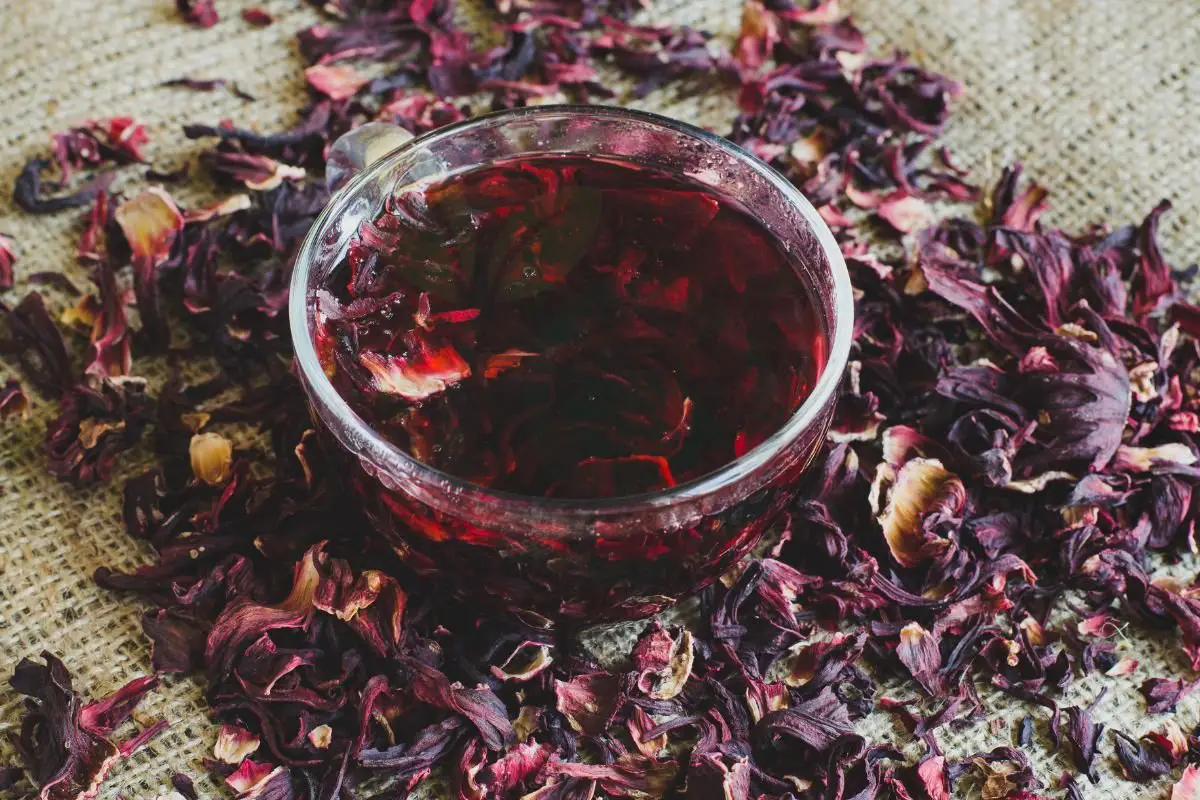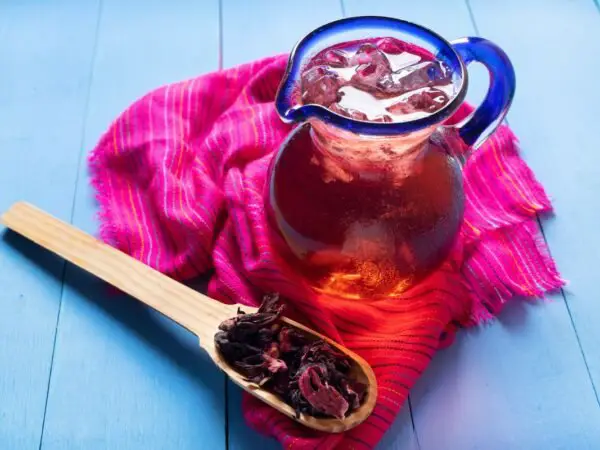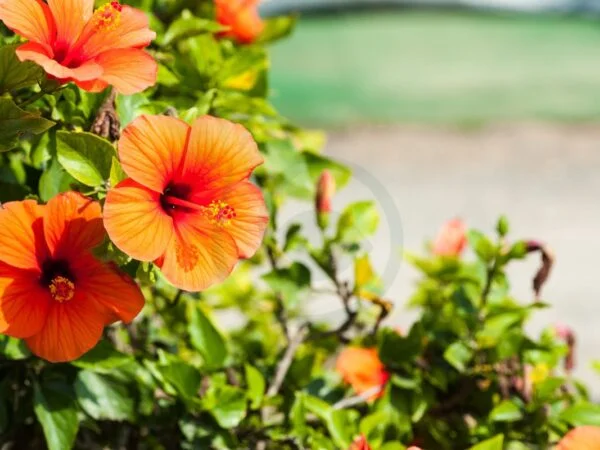Did you know that hibiscus flowers can be transformed into a refreshing and flavorful tea? Discover how to make hibiscus tea from flowers with ease and enjoy its numerous health benefits.
Key Takeaways
- Brewing Hibiscus Tea: Understand the process of making hibiscus tea from flowers by following the brewing instructions provided.
- Enhancing Taste: Experiment with different serving suggestions and recipe variations to explore diverse flavors and aromas.
- Creative Presentation: Serve hibiscus tea creatively to elevate the drinking experience and impress guests.
- Awareness of Side Effects: Be mindful of potential side effects of consuming hibiscus tea, especially for individuals with specific health conditions.
- Grow Your Own Hibiscus: Consider growing hibiscus plants to have a fresh and sustainable supply of flowers for tea.
- Enjoy Responsibly: Enjoy hibiscus tea in moderation and reap its benefits while being aware of any limitations or precautions.
Understanding Hibiscus
What Is Hibiscus
Hibiscus is a flowering plant known for its vibrant colors, commonly found in shades of red, pink, and white. These flowers are not just visually appealing but also offer a range of benefits. In various cultures, hibiscus flowers are used to make teas and for their medicinal properties.
Health Benefits
Hibiscus tea is rich in Vitamin C, which plays a crucial role in boosting the immune system. Regular consumption of this tea can help in managing hypertension due to its natural properties. Moreover, hibiscus tea is known to aid in digestion and promote weight loss, making it a popular choice for those looking to improve their overall health.
- Rich Vitamin C content
- Boosts immunity
- Aids in managing hypertension
- Promotes digestion
- Supports weight loss
Side Effects
While hibiscus tea offers numerous health benefits, there are some important considerations to keep in mind. Pregnant women should be cautious as hibiscus may have adverse effects on pregnancy. Individuals with low blood pressure should also monitor their intake as hibiscus tea can further lower blood pressure levels. Diabetics need to be mindful when consuming hibiscus tea due to its potential impact on blood sugar levels.
- Risks for pregnant women
- Precautions for individuals with low blood pressure
- Concerns for diabetics
Ingredients for Tea
Fresh Flowers
Using fresh hibiscus flowers is crucial to achieve the best flavor and aroma in your tea. When making hibiscus tea, ensure you pick flowers that are vibrant in color and free from wilting. To prepare them, gently pluck the hibiscus flowers, ensuring you remove any stems or leaves attached. Next, carefully separate all the petals from the flowers, as they contain the essence needed for a flavorful brew.
Optional Additions
For a twist on traditional hibiscus tea, consider adding lemon slices to not only alter the color of the tea but also introduce a refreshing citrusy note. Another option to enhance your drink is by serving it with ice cubes, creating a cooling effect perfect for hot days. For those looking to experiment further, try incorporating creative additions like a cinnamon stick or fresh mint leaves to infuse unique flavors into your hibiscus tea blend.
Brewing Instructions
Preparing Flowers
To start making hibiscus tea, rinse the hibiscus petals under cold water to remove any dirt or impurities. After that, boil water and pour it over the petals in a pitcher. Remember to discard any yellow petals as they can make the tea taste bitter.
Boiling Process
When preparing hibiscus tea, ensure you boil the water until it reaches a rolling boil. Then, carefully pour the hot water over the fresh hibiscus petals in the pitcher. Allow the petals to steep in the hot water for about 10 minutes to extract their flavors fully.
Steeping Time
The ideal steeping time for hibiscus tea is around 10-15 minutes. During this time, you will notice a vibrant color change in the petals as they release their essence into the water. It's essential to monitor this process closely to achieve the perfect balance of flavor and aroma.
Taste Explained
Flavor Profile
Hibiscus tea offers a tart and cranberry-like taste, making it a refreshing and tangy beverage. The natural acidity in hibiscus flowers gives the tea its signature zesty flavor. To elevate this taste, consider adding citrus fruits like lemon or orange for a citrusy twist. You can also infuse the tea with spices such as cinnamon or ginger to create a more complex flavor profile. These additions complement the tartness of the hibiscus, enhancing its overall taste.
Adjusting Taste
For those who find the tartness of hibiscus tea too intense, there are ways to adjust its taste. To balance out the tanginess, you can dilute the tea with a bit of water or mix it with a milder herbal tea like chamomile. Another option is to add sweeteners such as honey, agave syrup, or stevia to soften the sharpness of the hibiscus flavor. Experimenting with different ratios of sweeteners can help tailor the taste to your preference, creating a more enjoyable drinking experience.
Serving Suggestions
Hot vs Cold
Enjoy the contrast between hot and cold hibiscus tea. When served hot, the tea exudes a comforting warmth, perfect for chilly days. On the other hand, serving it cold creates a refreshing beverage for hot summer afternoons. The versatility of hibiscus tea shines through its ability to adapt to different temperatures.
Embrace the refreshing qualities of iced hibiscus tea. The chilled version offers a revitalizing experience, especially when infused with ice cubes on scorching days. Its vibrant color and tangy taste make it an ideal choice for quenching thirst during warm weather.
Highlight the versatility of hibiscus tea in terms of temperature variations. Whether you prefer it piping hot or icy cold, this floral-infused beverage caters to diverse preferences. Experimenting with different serving temperatures can unveil unique dimensions of flavor profiles.
Creative Additions
Elevate your hibiscus tea by incorporating creative additions such as lemon, cinnamon stick, and mint. Squeezing a dash of lemon adds a zesty twist, enhancing the tea's natural tartness. A cinnamon stick infuses warm notes, complementing the floral essence of hibiscus beautifully.
Discover how these additions can enhance the flavor profile of hibiscus tea significantly. Mint leaves lend a refreshing and aromatic touch, elevating the overall drinking experience. Mixing and matching various ingredients allow you to craft personalized blends that suit your taste preferences.
Suggest experimenting with different combinations to create unique flavors. Blend lemon with mint for a citrusy-minty fusion or pair cinnamon with honey for a cozy, spiced concoction. The possibilities are endless, encouraging creativity in customizing your hibiscus tea according to your mood and cravings.
Recipe Variations
Sweeteners
Adding sweeteners to hibiscus tea can enhance its taste. Natural options like honey or agave syrup are popular choices. These sweeteners not only add flavor but also help balance the tartness of the tea.
Experimenting with different sweeteners allows you to customize the taste of your hibiscus tea. While some prefer the floral notes of honey, others might enjoy the mellow sweetness of agave syrup. The right sweetener can elevate your tea-drinking experience by providing a perfect blend of flavors.
Spices
Enhancing hibiscus tea with spices opens up a world of flavor possibilities. Common spices like cinnamon or ginger can complement the tea's natural tanginess. By adding spices, you can create unique blends that suit your taste preferences.
Mixing cinnamon with hibiscus adds a warm and comforting touch to the tea, perfect for chilly evenings. On the other hand, ginger brings a zesty kick that pairs well with the floral undertones of hibiscus. Don't hesitate to experiment with various spice combinations to discover your favorite flavor profile.
Growing Hibiscus
Planting Tips
Hibiscus trees thrive in well-draining soil and sunny locations. Ensure they receive at least six hours of sunlight daily. Water deeply but allow the soil to dry out between watering sessions.
To propagate hibiscus from cuttings, select a healthy stem with at least three nodes. Remove lower leaves, dip the end in rooting hormone, and plant it in a pot with moist soil. Keep the cutting warm and humid for successful root development.
Caring for hibiscus plants is crucial for their growth. Regularly fertilize with a balanced formula during the growing season. Prune dead or damaged branches to encourage new growth and flowering.
Care and Harvest
Maintain consistent moisture levels by watering when the top inch of soil feels dry. Protect hibiscus from cold temperatures, especially during winter months. Potted hibiscus should be brought indoors in colder climates.
Harvest hibiscus flowers early in the morning when they are most vibrant. Gently pluck the flowers, avoiding damage to the plant. Dry the flowers thoroughly before storing them for tea-making.
Proper care results in abundant flower production, ensuring a steady supply of blooms for tea. Healthy plants yield more flowers, enhancing your homemade hibiscus tea experience.
Serving Creatively
Presentation Ideas
Enhance the experience by serving hibiscus tea in elegant clear glass cups, showcasing its vibrant red hue. Add a slice of lemon or orange for a pop of color and citrusy twist. Sprinkle dried hibiscus petals on top as a decorative touch.
Elevate your hibiscus tea presentation by using transparent teapots to display the beautiful infusion process. Consider adding fresh mint leaves for a refreshing aroma and visual appeal. The vivid contrast between the red tea and green mint creates an eye-catching display.
Presentation plays a crucial role in creating a memorable tea-drinking experience. By paying attention to details like cup choice, garnishes, and overall aesthetics, you can elevate the enjoyment of sipping hibiscus tea.
Pairing with Foods
Pair your hibiscus tea with light and refreshing dishes like fruit salads or cucumber sandwiches to complement its floral notes. The tea's tartness can balance out the sweetness of desserts like macarons or lemon tarts, creating a harmonious flavor profile.
Explore the versatility of hibiscus tea by pairing it with savory options such as grilled chicken skewers or goat cheese crostini. The tea's acidity can cut through rich flavors, making it an ading an extra dimension to your culinary creations.
For a delightful summer treat, serve hibiscus tea alongside a mixed berry salad drizzled with honey-lime dressing. The fruity flavors will harmonize with the floral undertones of the tea, offering a refreshing and well-rounded dining experience.
Understanding Side Effects

Common Concerns
Hibiscus tea is generally safe for most people to consume, but excessive intake may lead to certain side effects. Some individuals may experience upset stomach or dizziness after consuming hibiscus tea. It's important to moderate your consumption to avoid these issues.
For those with specific health conditions such as low blood pressure, it's crucial to consult a healthcare provider before regularly consuming hibiscus tea. The tea's potential to lower blood pressure could be problematic for individuals already experiencing low blood pressure. Moderation and professional advice are key in such cases.
Precautions
When consuming hibiscus tea, it's essential to be mindful of the oxalic acid content present in the flowers, which can potentially lead to kidney stones if consumed excessively. To mitigate this risk, ensure you don't overindulge in hibiscus tea and maintain a balanced intake.
Individuals with existing kidney issues should exercise caution when drinking hibiscus tea due to its potential impact on kidney function. Consulting a healthcare provider before including hibiscus tea in your diet is advisable for those with kidney concerns. It's vital to prioritize your health and well-being by making informed choices regarding hibiscus tea consumption.
Closing Thoughts
You've now mastered the art of brewing delicious hibiscus tea from fresh flowers. Understanding the benefits, brewing techniques, and creative serving ideas has equipped you to enjoy this vibrant beverage to the fullest. Experiment with different flavors, infusions, and presentations to elevate your hibiscus tea experience further.
Share your newfound knowledge with friends and family. Encourage them to savor the unique taste and health benefits of hibiscus tea. Keep exploring the world of herbal teas, discovering new recipes, and embracing the joy of crafting delightful beverages at home.
Frequently Asked Questions
How do I harvest hibiscus flowers for tea?
To harvest hibiscus flowers for tea:
- Pick fully bloomed flowers in the morning.
- Choose petals that are vibrant and free from blemishes.
- Gently pluck the flowers to avoid damaging them.
Can I use dried hibiscus flowers for making tea?
Yes, you can use dried hibiscus flowers for making tea. Dried hibiscus flowers are readily available in stores and can be used in the same way as fresh flowers. Simply adjust the quantity based on your taste preferences.
What are the health benefits of hibiscus tea?
Hibiscus tea is known for its potential health benefits, including:
- Rich in antioxidants
- May help lower blood pressure
- Could aid in weight management
- Might have anti-inflammatory properties
How should I store fresh hibiscus flowers for making tea?
To store fresh hibiscus flowers:
- Place them in a paper towel-lined container.
- Keep them in the refrigerator to maintain freshness.
- Use within a few days for optimal flavor and quality.
Are there any side effects of consuming hibiscus tea?
While generally safe, consuming hibiscus tea in excess may lead to:
- Potential lowering of blood pressure
- Interference with certain medications It's advisable to consult with a healthcare professional if you have concerns about incorporating hibiscus tea into your diet.
Image Source: Paid image from CANVA





